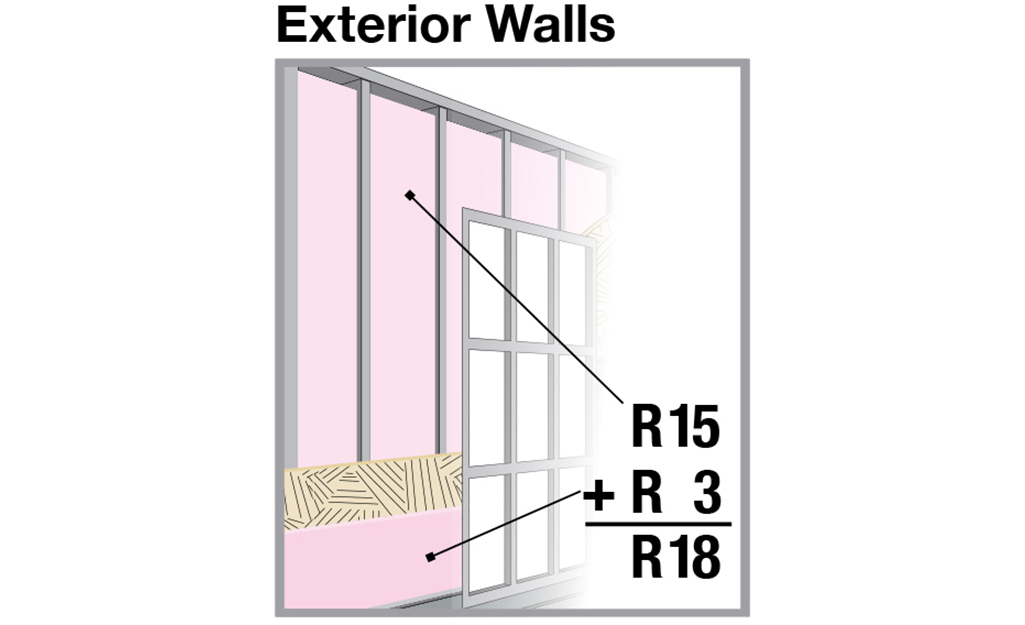The higher the r value the more the door resists conductive heat.
R value garage door heating savings.
For example a 1 1 2 inch 3 81 cm thick door without a window offers more than five times the insulating value of a solid wood door of the same size.
The r value of some insulations also depends on temperature aging and moisture accumulation.
The standard garage door r value recommendation for a detached garage depends on your climate but if you re looking for the best r value garage door insulation you want to find a garage door with a minimum r value of 12 or more to be most effective.
For more information about garage door insulation and.
The r values of most steel and fiberglass clad entry doors range from r 5 to r 6 excluding a window.
R value measures how well building insulation can prevent the flow of heat into and out of the home.
It does not offer twice as much thermal resistance or twice the energy savings.
However an r 16 value is not twice as good as an r 8 value.
A value of r 16 offers a 5 reduction in heat flow and a 5 improvement in energy efficiency over a value of r 8.
In general a higher r value means better insulation but there s more to it than that.
When calculating the r value of a multilayered installation add the r values of the individual layers.
Actively cooled or heated garages should have a garage door with an r value of r 13 or higher to save on energy costs.
Installing more insulation in your home increases the r value and the resistance to heat flow.
Without thermal break heat and cold will move from the outside of the door to inside of the garage reducing the insulation.
Attached but not actively heated or cooled garages should have a garage door with an r value between r 6 and r 9.
See chart for r value comparisons.

